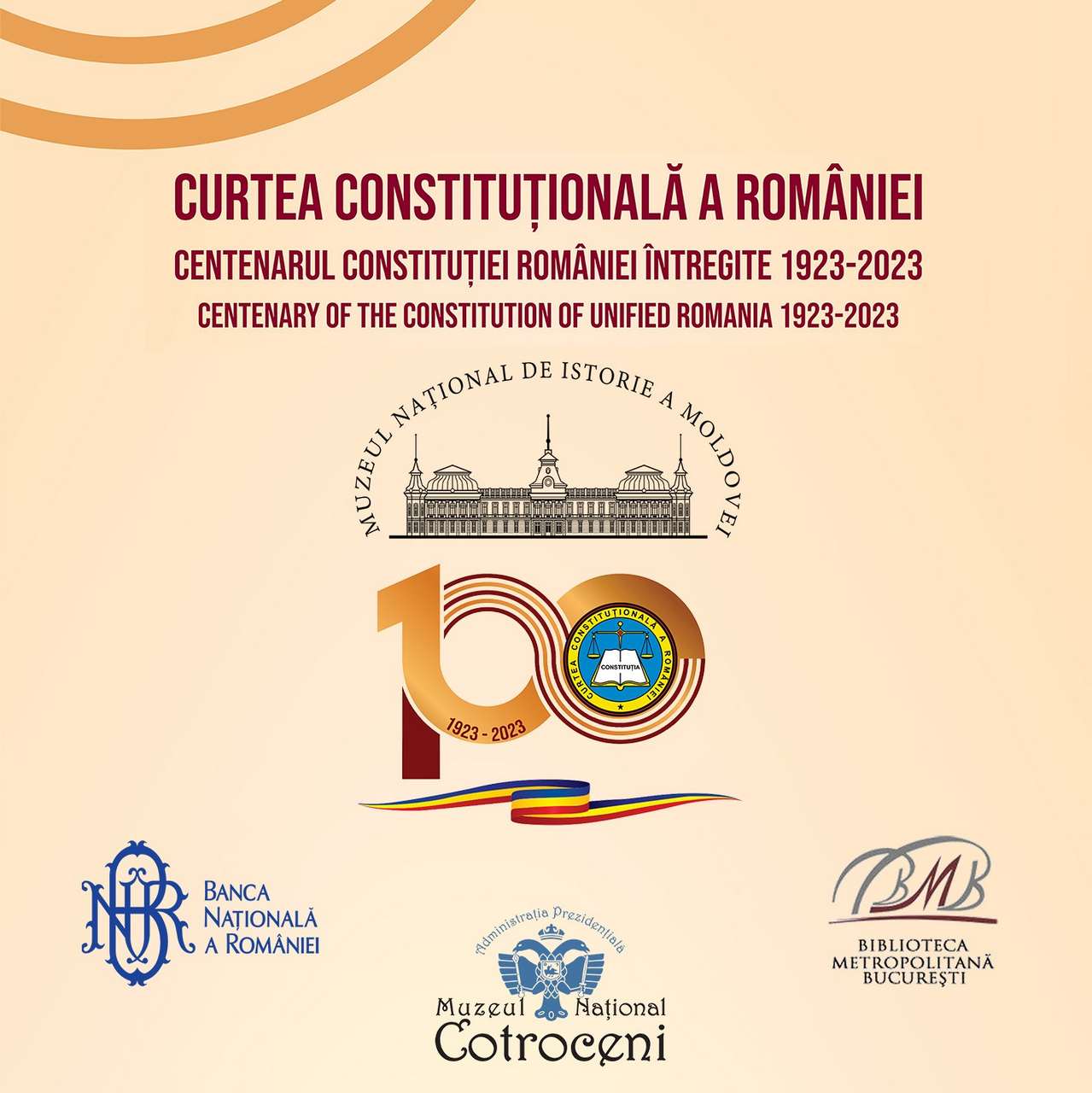
The "Centenary of the Constitution of Unified Romania (1923 - 2023)", the first fundamental law that legislated the state organization, as well as the fundamental rights and freedoms of citizens on both banks of the Prut, will be celebrated in Chisinau, in the framework of a thematic exhibition of documents and photos organized by the Constitutional Court of Romania and the National Museum of History of Moldova.
The opening of the exhibition dedicated to the 100th anniversary of the adoption of the Constitution of 1923 will take place at an opening organized on Wednesday, December 6, 2023, at 11:00, at the National Museum of History of Moldova, with the participation of representatives of the Presidency of the Republic of Moldova, the Parliament and of the Government, of the judges of the Constitutional Court of Romania and of the Constitutional Court of the Republic of Moldova, as well as of the Academy of Sciences of Moldova and the State University of Moldova.
The exhibition can be visited between December 6, 2023 and January 20, 2024, in the Union Hall of the National Museum of History of Moldova, and within the exhibition, the original copy of the Constitution from 1923, as well as the Romanian Constitution from 1866, with the support of the event's institutional partners: the Presidential Administration of Romania – the Cotroceni National Museum, the National Bank of Romania and the Bucharest Metropolitan Library.
The Constitution of 1923 was adopted by the Assembly of Deputies and the Senate, meeting as National Constituent Assemblies in the Parliament of Bucharest, in the meetings of March 26 and 27, 1923, being promulgated by King Ferdinand through Royal Decree no. 1360 of March 28, 1923 countersigned by the President of the Council of Ministers, Ion I. C. Bratianu, and 14 ministers, and was published in the "Official Gazette" no. 282 of March 29, 1923.
Romania and the Republic of Moldova are therefore united, not only by history, faith, language and common traditions, but today they share a unique moment in their constitutional and state history. For Romania and the Republic of Moldova, the Constitution of 1923 is the common democratic constitutional legacy that preserves for future generations, on both banks of the Prut, common constitutional roots and shows them a common European future.
Considering its importance for the common constitutional history, the Constitutional Court of Romania, the guarantor of the supremacy of the Constitution, declared by the plenary decision of January 18, 2023 - the Year of the "Centenary of the Constitution of Unified Romania" and organized on this anniversary occasion, an Assembly solemn at the Palace of the Parliament in Bucharest, on March 27, 2023, with the participation of the President of Romania, the Presidents of the Senate and the Chamber of Deputies, the Prime Minister and members of the Government of Romania, the judges of the Constitutional Courts from Bucharest and Chisinau, the representatives of the High Court of Cassation and Justice, the Patriarch of the Romanian Orthodox Church and the representatives of other religions and the diplomatic corps.
 31 August 1989 St., 121 A, MD 2012, Chisinau, Republic of Moldova
31 August 1989 St., 121 A, MD 2012, Chisinau, Republic of Moldova



















































